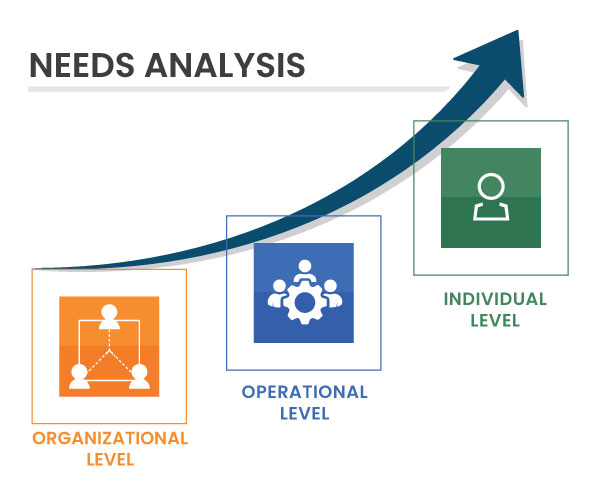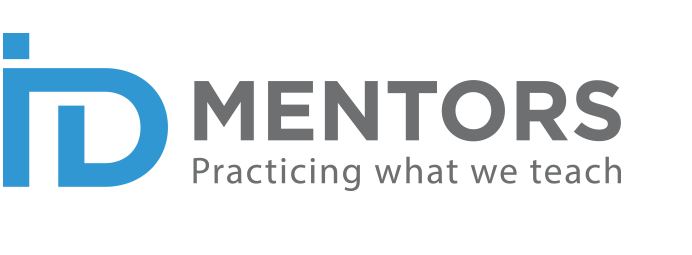
An organization wanted to train its entire sales team (junior, mid-level- and senior roles) on a new range of engineering products. The company approached the in-house training manager and provided basic details about the products. The training manager created handouts, ready reference material, and presentations, and delivered the training on schedule. The sales team got the basic knowledge. However, post training, it was observed that the sales team was not able to meet the expected target.
What went wrong?
What went wrong? Process lapses! But that isn’t typically due to lack of knowledge. Training managers are given very short time to come up with a training program. Nor is the training manager fully equipped to create content the way instructional designers are trained to do. Hence, there can be lapses both in the process, as well as the end result.
In this example, first, the trainer should have analysed the business challenges that the company could have faced if the sales team was not adequately trained on the new products. Then, the trainer should have had meetings with the sales team to understand their current roles and responsibilities, the trainings they have already attended, their selling methodology, their prior work experience, their qualification, and what sort of content engages them. Based on this information, the trainer should have arrived at the role-wise core skills/competency that the sales team had, the skills/competency they needed to acquire, recognized the gaps, and then worked on closing the gaps.
Post gap analysis and based on the desired level of competency that the employees had to achieve as mandated by business needs, the trainer should have designed the role-wise curriculum for training. So senior sales managers should have been trained on how to focus on the saleability of the product and the sales strategies, and the juniors should have learnt the product features and functions to the last level of detail. Based on the proposed and approved curriculum, learning objectives should have been designed. Based on learners’ learning preferences, relevant training methodology and strategies should have been used so that the learning outcome was effective. The training should have been followed up with an appropriate post assessment and on-the-job shadowing by an expert.
Seems black and white now, however, at real-time things can get blurred. And that is the essence of true needs assessment assignment. It gives the assessor the challenge to be focused, to be empathetic, and to use all skills she has gathered over the years to do a great job.
Needs Assessment_Example
Hope that this example helped you gain a macro view of the needs assessment process. In Part 3 of this series, I will address the process in detail.
AUTHOR:
Sarbani Bose – Consultant, Instructional Design



0 responses on "Needs Assessment - Part 2"